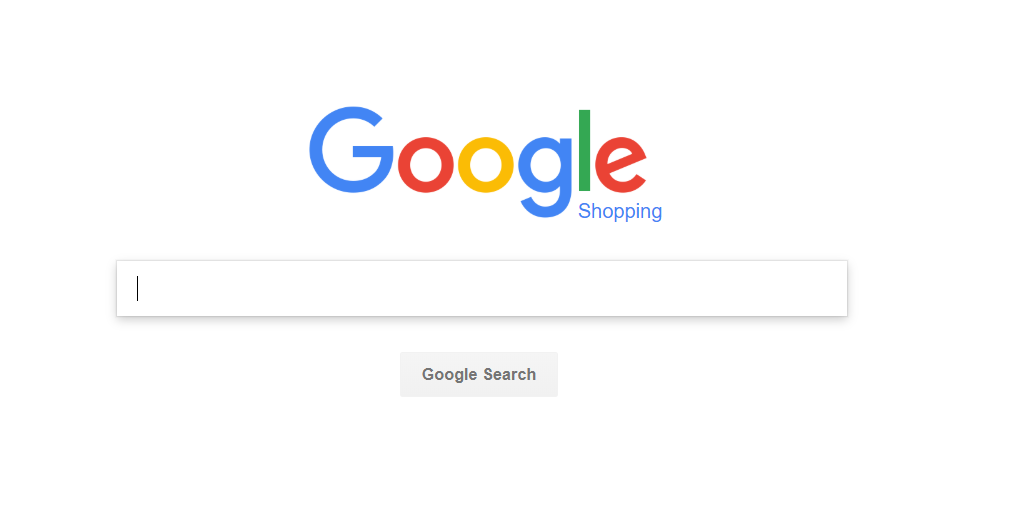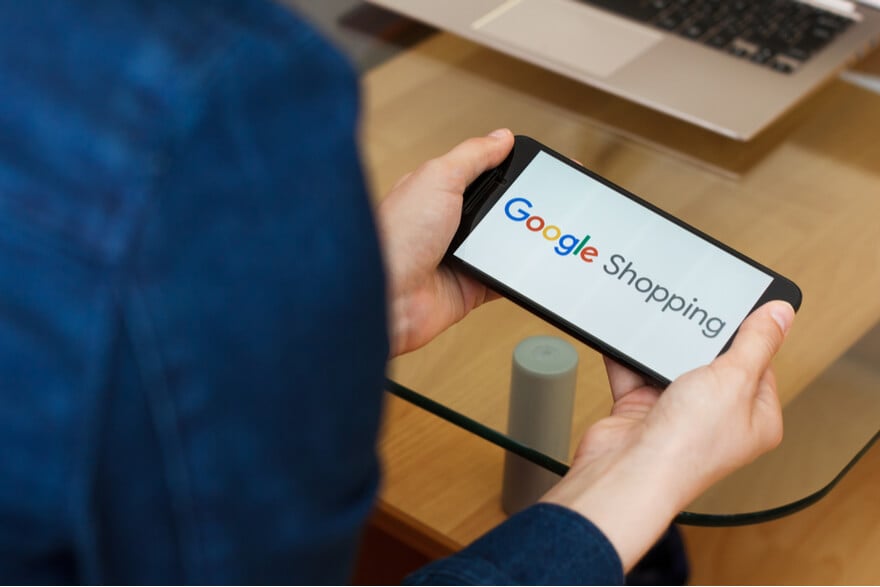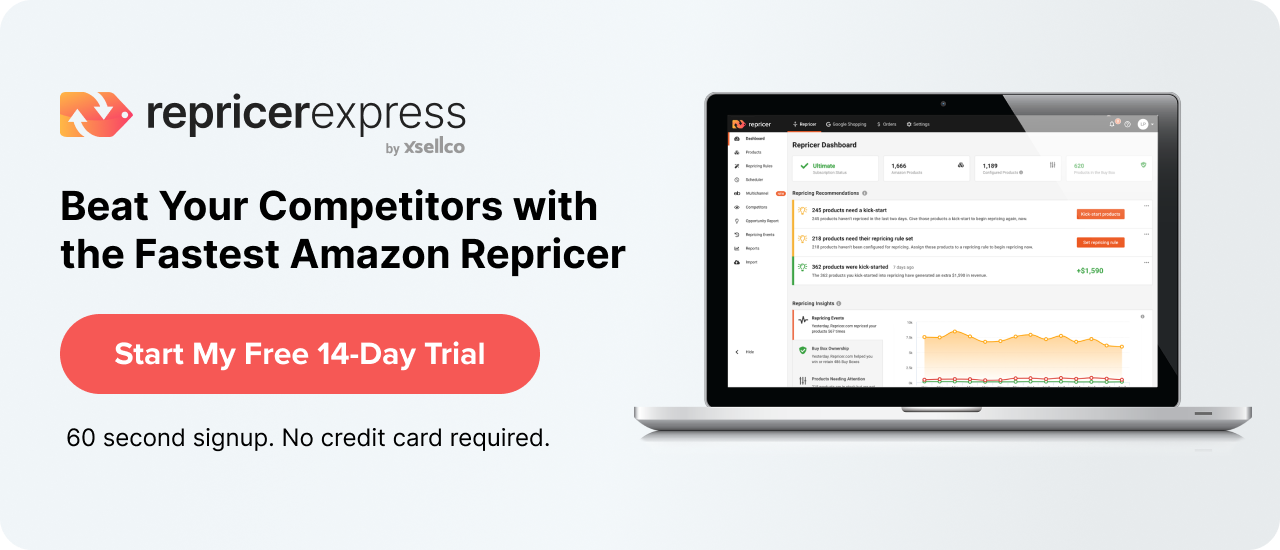Do you remember Froogle? Now there’s a blast from the past! This was a popular free service that took product data and indexed it based on defined search terms.
In 2012 the service became part of ‘Google Adwords’, the well-known paid for advertising model and from this moment on, retailers were required to pay to be featured in the Google Shopping searches. The good news is that after nine long years, Froogle has returned, well kind of!
Free Google Shopping listings are currently being rolled out across all regions which makes right now an excellent time for you to implement your own Google Shopping ads because it won’t cost you a thing and you won’t need Google Ads either! There’s no clear indication as to whether this is a temporary change or whether it’s permanent.
Still, our advice is to take advantage of the free Google Shopping ads while you can as you will be in the unique position of being able to gain exposure and better connect with consumers immediately.
If you’re an existing user of Google Shopping Ads, you won’t need to do anything to take advantage of your free listings. For new users of Google Merchant Centre, the onboarding process is currently being streamlined. But let’s not get ahead of ourselves! This announcement is excellent news, but first, let’s rewind a little and talk about online shopping.
It is, of course, an activity that most of us participate in regularly and in this era of ‘Want it now. Got to have it now.’ it’s easier than ever to shop online and to own anything our hearts desire, and quickly. The only downside to online shopping is the time-consuming process of comparing products.
This can be frustrating when you are clicking between websites – but of course is where ecommerce platforms such as Amazon, eBay and Etsy come into their own. And so too does Google Shopping. If you are not familiar with Google shopping, nor utilising it to advertise your products, read on to understand how it can help you.
What is Google Shopping?

Powered by Google, arguably the most significant search engine there is, technically, Google Shopping isn’t an ecommerce platform or a marketplace in the way that Amazon, eBay and Etsy are. However, from a buyer’s perspective, it does provide the opportunity to browse and compare physical products from different retailers, based on your search query very quickly. This is also known as Comparison Shopping.
If someone searches for a product you sell, Google shows relevant ‘shopping’ ads for your product, alongside your competitors’ ads. In fact, you are likely familiar with Google Shopping already – you just didn’t realise it, as Google Shopping results show up in the search as small thumbnail images along with the retailer, price and sometimes other retailer-specific information too.
From a seller’s point of view, Google Shopping is highly beneficial. Supported in over 40 countries, sellers can advertise their products in a visually appealing way, and buyers are sent directly to the seller’s website to make their purchase. It’s a win-win.
How Does Google Shopping Work?
Google’s algorithms process a product feed which contains your store’s product data – product names, descriptions, price and images.
This data is used to match your products with relevant search queries and to create your ads.
Searchers will see Google Shopping ads containing an image of your product, the price and any additional info.
When a buyer clicks, they will go directly to your website or store.
Up until recently, Google charged on a Pay Per Click (PPC) basis. Currently, however, free Google Shopping ads are being rolled out, so the service is free!
Why Use Google Shopping?
Google Shopping is highly visual and highly visible.
Often when searching for a product online, as a buyer, you’ll be met with millions of text-based results. This can be overwhelming, and of course, most of us won’t scroll past page one.
For sellers, Google Shopping ads stand out! They put you in the spotlight and typically appear across the top of the search results and include images, often colourful, making them tempting for potential buyers to click through to. In a world where many people make mobile purchases, this is particularly advantageous as Google Shopping ads feature first on-screen.
Alternatively, searchers can click on the ‘shopping’ tab and go directly through to more detailed versions of the Google Shopping ads
Google is the ‘Go-To’ Search Engine
Google is where many people will start their search for a product before they go to Amazon, eBay or specific niche websites. By advertising on Google Shopping, you can put yourself in front of your potential customers at the exact moment they are looking for a product.
Google Shopping Converts
According to Marketing Charts, Google Shopping is proven to have a 30% higher conversion rate than standard text-based ads. The reason for this appears to be because by using Google Shopping ads, your products can be seen directly by customers searching for that item. There is also a strong focus on the product image and the price rather than other information that is often deemed less critical to buyers.
Google Shopping Gives You Multiple Sales Opportunities
Your Google Shopping ads will show up multiple times on Google search engine results pages (SERPS). So, this means your product can be found as a website result, a text-only result and a shopping result.
Google Works For You
With your Google Shopping ads, Google will automatically pull in the data from your website or store, create ads for your products and match them with all relevant search queries. Little effort is required by you once the set-up process is complete.
Google Shopping Levels The Playing Field
Businesses of all sizes can use Google Shopping, thus levelling the playing field and making it the perfect channel to create not only brand awareness but also to bring leads and sales.
What You’ll Need To Use Google Shopping
The truth is, Google Shopping is a little tricky to set up, but once it’s done, apart from a few tweaks, little effort is required as Google does the work for you.
Before you get started, you should make sure you are ready to go with the following:
- Your store URL: e.g. your website, Shopify store etc.
- Your product feed: To send the info to the Google Merchant Centre.
- Google Merchant Centre Account: The hub which manages your product feeds and an essential part of the set-up process.
- Google Ads Account: To make payment for your Google Shopping ads clicks. This will not be required once the new free Google Shopping Ads are rolled out across all regions by the end of the year.
Creating Google Shopping Ads
Step 1: Create Your Product Feed
This process will take you around 10 minutes and is super important. The product feed is like a large spreadsheet with rows containing your product information. It’s the file which will be provided to Google, so make sure it’s accurate and follows Google’s specifications. Get help with your product feed.
Step 2: Create Your Google Merchant Centre Account
Again, this is a 10-minute job and is pretty straight-forward. Make sure you claim your URL here as this will prove to Google that you own the domain on which your products are listed. Set up your Google Merchant Centre Account now.
Once you’ve set up your Google Merchant Centre Account, you can upload your product feed. Depending on your store platform the data may be able to be sent automatically via its API so you won’t need to manually upload any feeds. Shopify is one such platform that supports this.
The Google Merchant Centre will process your data and advise you if there are any errors. Once this is done, you’re almost good to go!
Step 3: Create a Google Shopping Campaign
This final step is the exciting part. Once your products have been approved, you can set up your Google Shopping campaign. As mentioned, free Google Shopping ads are currently being rolled out, and once your region is covered, you won’t require a Google Ads account for this part of the process.
However, if you are prompted to set one up you can set one up then link your Google Merchant Centre account to Google Ads – do this from Google Merchant Centre – and you’re all set.
Step 4: Create a Google Shopping Ad Group
Don’t be confused between your two options here: Product Shopping and Showcase Shopping. For the most part, Product Shopping ad groups will suit you. These work well when a search is entered for something particular – for example ‘2kg dumbbells’. The Product Shopping option is the most commonly used, mainly because Google takes care of creating the ads for you based on its algorithms.
Showcase Shopping ads will appear in searches for broader search queries, for example ‘weights for exercise’ and allow you to show a more extensive selection of your products that fit the same search term.
These Google Shopping ads require more effort from you, and it’s worth noting that the Showcase ads often only show up on mobile. With this in mind, the standard ads created through the Product Shopping ad group are the usual choice. Now within your account, you’ll have one campaign, one ad group and one product group!
How to Optimise Your Google Shopping Ads
So, your Google Shopping campaign is now set up, but how do you optimise your Google Shopping ads to ensure your campaign is successful?
Like any marketing campaign, there are some rules you should follow.
Here are our top seven rules for Google Shopping Ads.
- Make sure your product images are visually appealing, in focus and show the product to its best advantage. Don’t use standard stock images, differentiate your product from your competitors.
- Use keyword-rich, descriptive product titles.
- Ensure your website or platform is mobile optimised. More than 50% of Google searches are now performed from a mobile device.
- Use your product reviews! This can help you attract more relevant traffic to your ads because product reviews can help your store rank higher in the Google search results. This is because any type of ‘user-generated’ content will boost your SEO.
- Change your product images regularly, particularly season by season and for special promotional periods such as Christmas. This will help you stand out even further amongst other ads.
- For advanced users, you should split test using A/B tests for dates and times. Set up multiple campaigns and test your products at different times during the day. This will allow you to see when your Google Shopping campaign works the best.
- By using ‘negative keywords,’ you can stop your Google Shopping ads from appearing in irrelevant searches that only bring low-quality traffic. This will increase your click-through and conversion rates and ultimately ensure you get a good return.
Final Thoughts
For buyers and sellers, using marketplaces like Google Shopping is not a new concept in the world of ecommerce. It’s likely that you are already familiar with other shopping platforms such as eBay, Amazon and Etsy as venues and understand their popularity. For this reason, if you are not currently advertising your products using Google Shopping ads, it is a strategy you should consider.
For buyers, the online shopping experience is generally text-heavy. Google Shopping offers a welcome change as it is so visually appealing to buyers, plus of course, it’s so easy to see comparables. As a seller, Google Shopping ads have the power to boost your website traffic bringing you quality leads and sales you may otherwise have missed out on.
This makes Google Shopping ads a strategy which has the potential to be highly beneficial as part of your entire marketing arsenal and can bring you consistent results. Plus of course, Google Shopping is now free!
Related:






